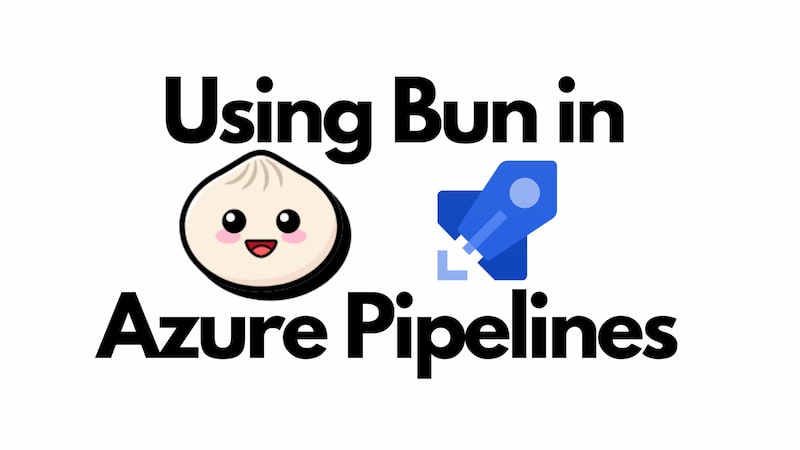List Pipelines with the Azure DevOps API
Listing the Azure Pipelines using the Azure DevOps REST API and TypeScript is possible, but if you use the official Azure DevOps Client for Node.js, you might have issues. This is because it does not support pagination. So if you have a project with a large number of pipelines, then using the official client might mean you cannot retrieve it.

This post implements an alternative mechanism, directly using the Azure DevOps API and thus handling pagination. If you're curious as to how to create a pipeline, then check out my post on creating a pipeline with the Azure DevOps API.










